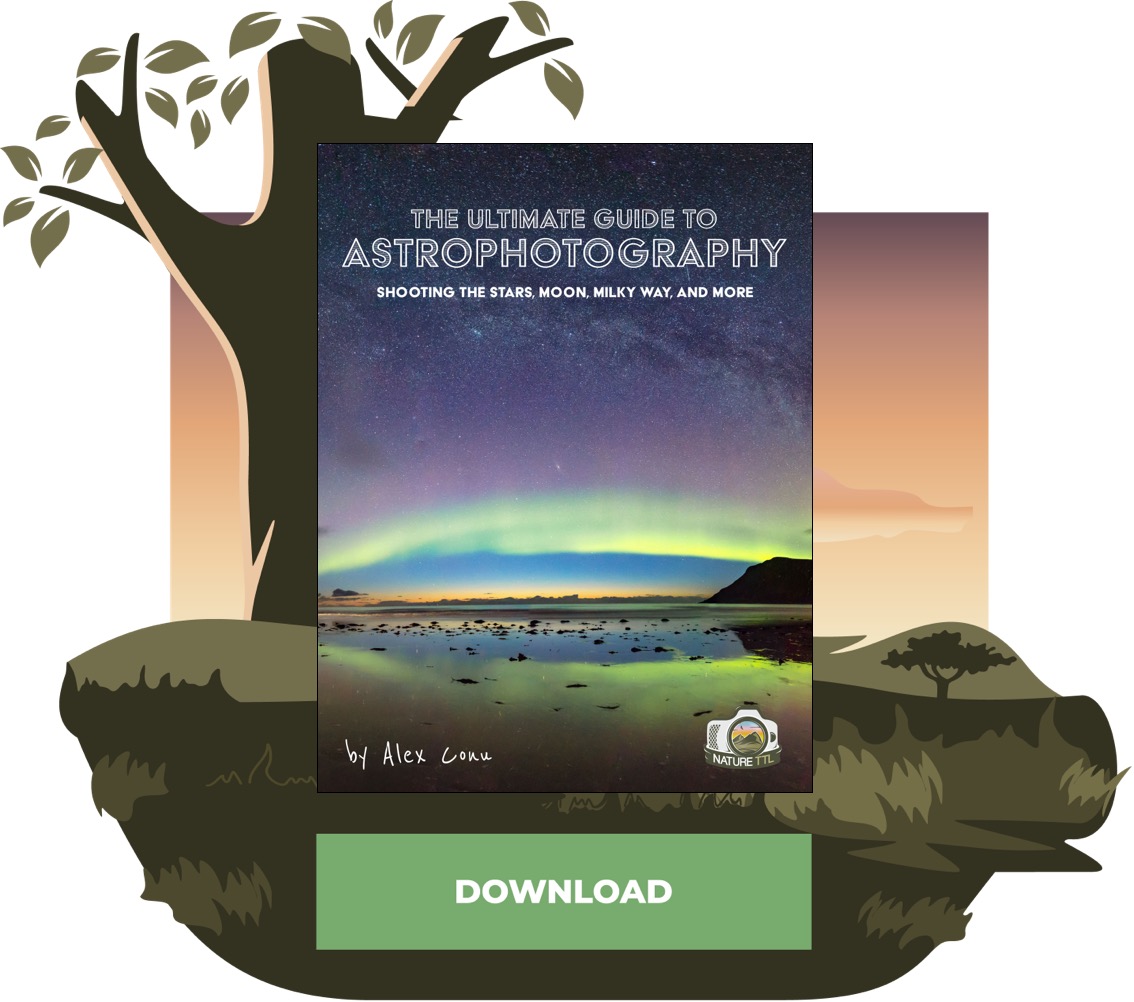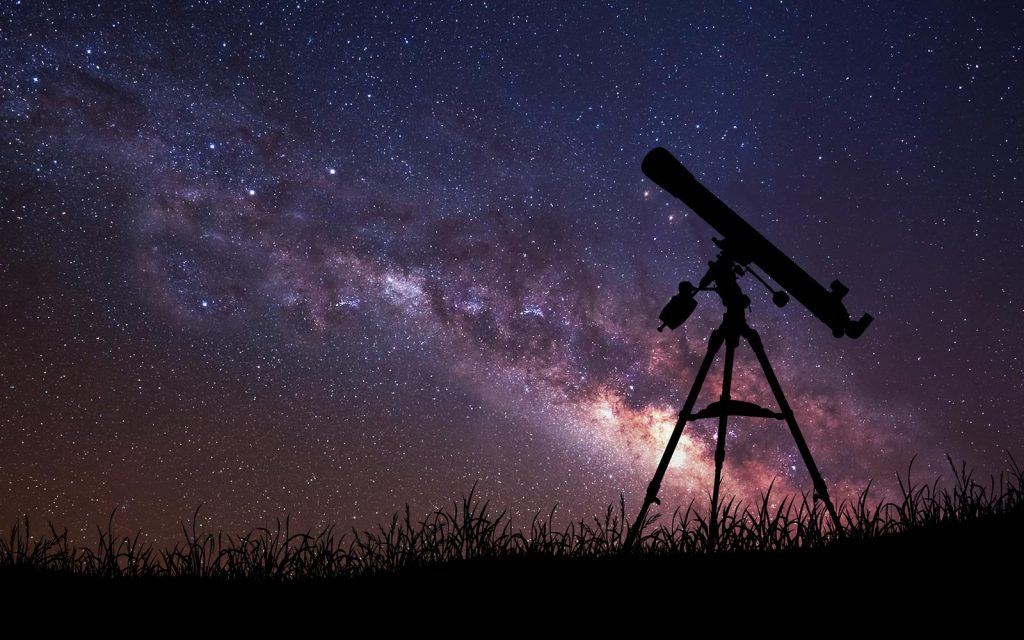6 Best Telescope to See Mars in 2024

As amateur astronomers, we often find ourselves yearning to explore the celestial objects in the night sky in greater detail. One planet that is particularly fascinating is Mars, often known as the Red Planet. While Mars can be observed with the naked eye, to fully appreciate its beauty and see its surface features such as the polar caps, a telescope is necessary. So, which is the best telescope to see Mars?
This article aims to provide some options and guidance for those looking to observe Mars from their backyard.



What Makes a Good Telescope for Seeing Mars?
Although it is visible to the naked eye as a speck of red light in the night sky, observing the planet’s features requires a good telescope. But what makes a telescope good for viewing Mars?
1. Aperture
A critical factor is the aperture size, or the diameter of the telescope’s objective lens or mirror. The aperture determines how much light a telescope can gather.
Larger apertures can collect more light, leading to brighter and more detailed views. For Mars, a telescope with an aperture of at least 6-8 inches is generally recommended, though smaller scopes can still provide some viewing enjoyment.
Remember, larger apertures also provide a better resolution, allowing you to see much detail on the Martian surface.
2. Focal length
The focal length is another crucial consideration. This parameter, usually measured in millimeters, determines the telescope’s magnifying power.
A longer focal length gives a larger image and therefore more detail when viewing objects like Mars.
So, for planetary observation, telescopes with longer focal lengths are generally more desirable.
3. Type of telescope
The type of telescope also matters. The three main types of telescopes – refractors, reflectors, and compound (or catadioptric) – each have their strengths.
Refractor telescopes typically provide high-contrast images and are great for viewing planets. They suffer less from optical issues such as chromatic aberration or coma, making them ideal for observing planets like Mars.
Newtonian reflector telescopes, especially the ones with larger apertures, can also provide excellent views of Mars.
4. Equatorial mounts
Finally, equatorial mounts can be beneficial for observing Mars. As Mars moves across the night sky, a telescope on an equatorial mount can be smoothly guided to follow its path.
This feature is less crucial if you are simply viewing Mars for pleasure, but it becomes more important if you wish to photograph Mars or make detailed observations over time.
The Best Telescopes to See Mars in 2023
A good telescope for viewing Mars should ideally have a combination of a large aperture, long focal length, and stable mount.
However, remember that even with the best equipment, the view of Mars can greatly vary depending on its position relative to Earth, atmospheric conditions, and even the presence of global dust storms on Mars itself. So patience and practice are crucial for a rewarding Mars observing experience.
Let’s take a look at the best telescopes to see Mars.
1. Celestron Nexstar 5SE
A great telescope to consider is the Celestron Nexstar 5SE. This telescope, known for its ease of use and high image quality, is a good choice for beginners. Its Maksutov-Cassegrain design combines a large aperture with a long focal length, making it capable of high magnification views.
This means you can see much detail on the Martian surface, including the polar ice caps and possibly larger features like Olympus Mons and Valles Marineris.

The Celestron Nexstar 5SE is particularly well suited to planetary observing thanks to its ‘Go-To’ computer system, which automatically locates celestial objects in the night sky. This feature, combined with a good star chart or planetarium app, will make finding Mars easy, even for beginners. Just remember, the best time to observe Mars is during a Mars opposition when the planet is at its closest point to Earth.
2. Orion SkyQuest XT8 Dobsonian Telescope
The Orion SkyQuest XT8 Dobsonian Telescope is another excellent option. A Dobsonian telescope is a type of Newtonian reflector, known for offering large apertures at reasonable prices. The 8″ (203mm) aperture of the XT8 gathers much light, allowing for detailed views of the Martian surface. A larger aperture telescope like this can provide a better view of Mars, especially under clear skies with low light pollution.

The XT8 also has a long focal length (1200mm), which when combined with a smaller mm eyepiece or a Barlow lens, can provide high powers suitable for observing the Red Planet’s surface detail. The Dobsonian mount is also very easy to use – it simply moves up and down, left and right, making it suitable for beginners.
3. Celestron AstroMaster 70AZ Refractor Telescope
For those on a budget or who prefer a more portable option, the Celestron AstroMaster 70AZ Refractor Telescope is a good choice.
While a refractor telescope with a smaller aperture (70mm) may not provide as much detail as a larger telescope, it can still give you a clear view of the surface of Mars, including its polar caps and larger surface features.

The AstroMaster 70AZ also has a longer focal length (900mm) and comes with two eyepieces, which will allow you to experiment with different magnifications. Additionally, the refractor design is known for its ability to limit chromatic aberration, improving the image quality of distant objects like Mars.
It’s also easy to set up and use, making it a perfect first telescope for those starting their journey in astronomy.
4. Sky-Watcher 10-inch Dobsonian Telescope
This Dobsonian telescope by Sky-Watcher offers a substantial 10-inch primary mirror, making it an excellent choice for those seeking larger apertures. Its simple design is not only sturdy but also easy to maneuver, making it a good choice for beginners with a good budget.

The telescope’s large aperture allows it to collect much light, providing detailed and bright views of Mars’s surface features, including potential glimpses of Olympus Mons, Mars’s tallest volcano, or Valles Marineris, a vast Martian canyon.
Its impressive focal length (1200mm) allows for high magnification, meaning it’s possible to see great detail with the right eyepiece. As a bonus, this telescope is also suitable for viewing deep-sky objects such as galaxies and nebulae, should you wish to explore beyond Mars.
5. Celestron NexStar 6SE Telescope
The Celestron NexStar 6SE is a Schmidt-Cassegrain telescope that offers a good balance between aperture size, focal length, and ease of use. The 6-inch (150mm) aperture provides detailed views of Mars’s surface detail, including its polar ice caps and more prominent Martian features. It has a focal length of 1500mm, allowing for high magnification with the right eyepiece or Barlow lens.

This telescope comes with a fully automated GoTo mount and a database of more than 40,000 celestial objects, making it easier for you to locate Mars or any other celestial object. Despite its high-quality features, the 6SE remains portable and easy to assemble, making it a great option for both beginners and more experienced stargazers.
6. Meade Instruments Infinity 102mm AZ Refractor Telescope
The Meade Instruments Infinity 102mm is a refractor telescope that is a good option for those starting their journey in astronomy. Despite being a smaller telescope, this instrument can provide good views of Mars, especially during opposition when the planet is closest to Earth.

The 102mm aperture and 600mm focal length, when combined with a higher magnification eyepiece, can provide clear views of Mars’s larger surface features. Plus, the included Barlow lens effectively doubles your available magnification options. The altazimuth mount is also simple to operate, making this telescope suitable for beginners.
Taking Photos of Mars and Other Planets with a Telecope
Photographing Mars through a telescope, a process called astrophotography, can indeed be a rewarding endeavor. However, it requires patience, practice, and the right equipment. While technically any telescope can be used for astrophotography, some are better suited to the task than others.
Telescopes with larger apertures and long focal lengths are usually the best choices for planetary photography, as they provide higher magnification and resolution.

To take photos of Mars, a telescope with at least a 6 to 8-inch aperture is typically recommended, although smaller telescopes can also capture the planet, but with less detail.
In addition to the telescope, a few more components are needed for successful planetary photography:
- Camera: A specialized astronomical camera, known as a planetary camera or webcam-style camera, is commonly used for capturing images of planets like Mars. These cameras are designed to take rapid sequences of images, known as video frames, which can then be stacked together using software to create a detailed final image.
- Mount: A stable and motorized mount is important. An equatorial mount is typically the best option as it can accurately track Mars’ movement across the sky.
- Barlow Lens: This is an optional but recommended accessory. A Barlow lens increases the effective focal length of your telescope, offering higher magnification. This can help you get more detailed images of Mars.
- Software: You will need image capturing software to control your camera and image processing software to stack and process the images.
Remember, Mars is a challenging target because of its small apparent size and distance from Earth. The best time to photograph Mars is around opposition, when the planet is closest to Earth.
The process of photographing Mars begins by setting up your telescope and aligning it with the planet. You’ll want to focus as precisely as possible. The camera will capture video footage of Mars, which will result in hundreds or even thousands of individual frames.

Due to atmospheric turbulence, some frames will be clearer than others. Specialized software can then be used to analyze each frame, select the best ones, and then “stack” them together to create a single, high-quality image. This stacking process is what allows amateur astronomers to produce strikingly detailed images of Mars and other celestial objects.
We’ve got loads more information about taking photos of planets using a telescope on the website, as well as in our popular eBook The Ultimate Guide to Astrophotography.
Final Thoughts
The most important thing when choosing the best telescope to see Mars is to consider your own needs and constraints.
The main types of telescopes – reflector, refractor, and compound (like the Maksutov-Cassegrain and Schmidt-Cassegrain) – all have their advantages. However, remember that larger apertures and longer focal lengths usually allow for higher magnification and better views.
Observing Mars can be an incredibly rewarding experience, and with a great telescope, you will be able to see amazing details of the Red Planet.
Now you know the telescopes to use, how about choosing the best camera for astrophotography and mounting it to your telescope to record the sights!





